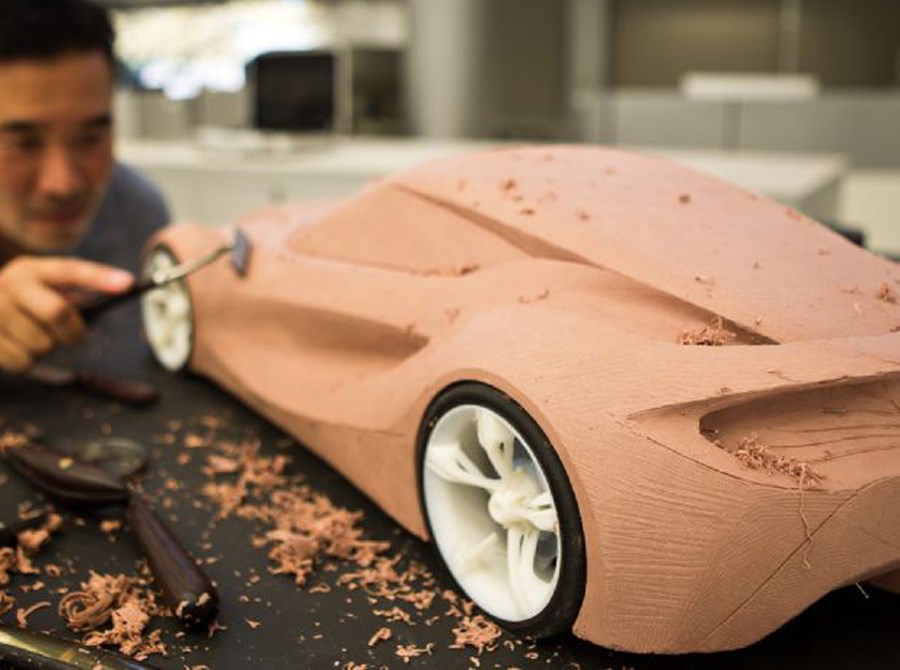Developers, to achieve high quality, follow proven techniques to increase quality. These include:
- Involving the customer.
- Prototyping to verify requirements prior to full-scale development.
- Build the Right Kind of Prototype
- Build the Right Features into a Prototype
- Build Throwaway Prototypes Quickly
- Keeping the design simple.
- Code reviews and static code analysis.
- Hiring the best people.
Customers (Product Managers), demand excellence but be aware of the high costs involved.
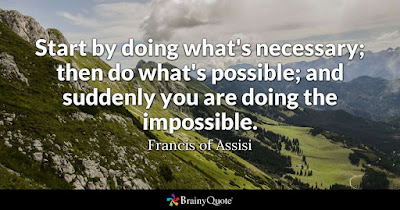

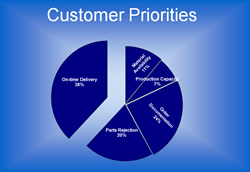


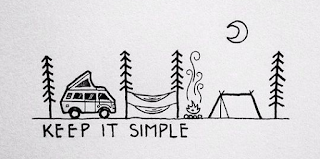
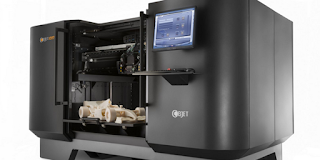
.jpg/1200px-Opel_50_Jahre_Design_(14541643013).jpg)
